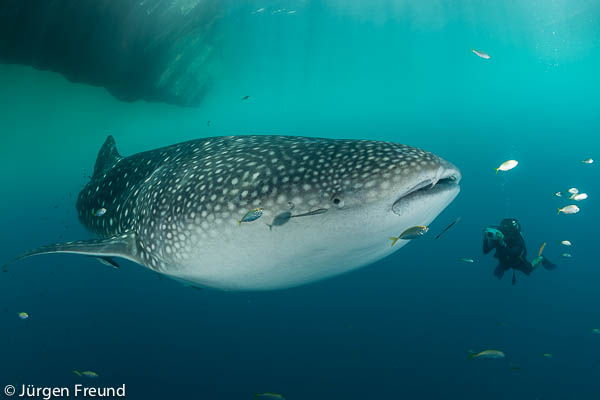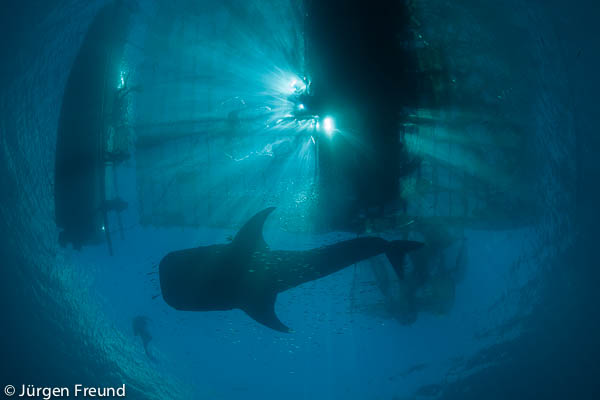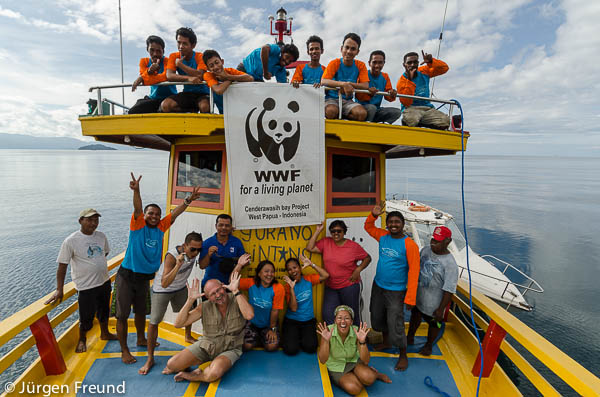23 March 2013
I really believe in saying “it’s better late than never”. Well, this post is almost a year late but nonetheless, the experience is still fresh in my mind like it happened yesterday. As we get ready to leave tomorrow for our next brand new expedition to Fiji, I thought it best to finish 1 back-log entry and start fresh for the Great Sea Reefs of Fiji – and today being Earth Hour to boot!
In mid April 2012, we were finally able to return to Indonesia and accomplish our last unfinished business for WWF – that of making the long journey to Cenderawasih Bay where the giant fish waited for us. Cenderawasih Bay or bird of paradise bay is a massive body of water of three provinces – West Papua, Papua & New Guinea all belonging to Indonesia. This bay has special underwater visitors who almost never want to leave. When WWF Indonesia’s marine programme communicator Dewi Satriani told us about Cenderawasih Bay in 2009, we gave her the look of disbelief – that whale sharks are guaranteed to be seen here, hanging around and not leaving. Our Coral Triangle photo expedition was packed for 18 months and we couldn’t find the time to make this new destination part of our journey. We knew we had to return and it was going to be on our own steam, on another time and another year.
But it was meant to be. It was in February 2012 that WWF Indonesia launched their Floating Ranger Station called Gurano Bintang. This beautiful boat has the admirable job of aiming to improve the quality of life of the local communities living within Cenderawasih Bay National Park through educational projects of sustainable development and health services. Dewi organised to join us along with project leader Beny & a surprise hitchhiker, our old friend Hafiz! Oh but it was fun. We went from village to village and had school children come on board for some educational activities and a visit to the mangrove area nearby.

Then Vero talks about the importance of the mangrove environment to the students from Kwatisore Village.
Whale sharks are attracted to the presence of lift net Bagan platforms that target scads and mackerel as well as anchovies.
The whale sharks are in turn attracted by the unused fish that is discarded in the morning. The sharks, considered good luck by the fishermen, are given excess fish of anchovies as a reward for their good catch from their night’s work. And because of this, the biggest fish in the world are almost a guaranteed sighting.
WWF Indonesia started a monitoring programme to assess the distribution of the animal. They evaluate what potential threats there are to the species and also develop ecotourism management programmes with tourism operators in the Cendrawasih Bay Marine Prorected Area.

Hafiz Adyas, WWF Indonesia’s Bycatch Officer took off from work to be with us and the biggest fish in the world.
And so we end with a group picture on the bow of the beautifully painted Gurano Bintang!














